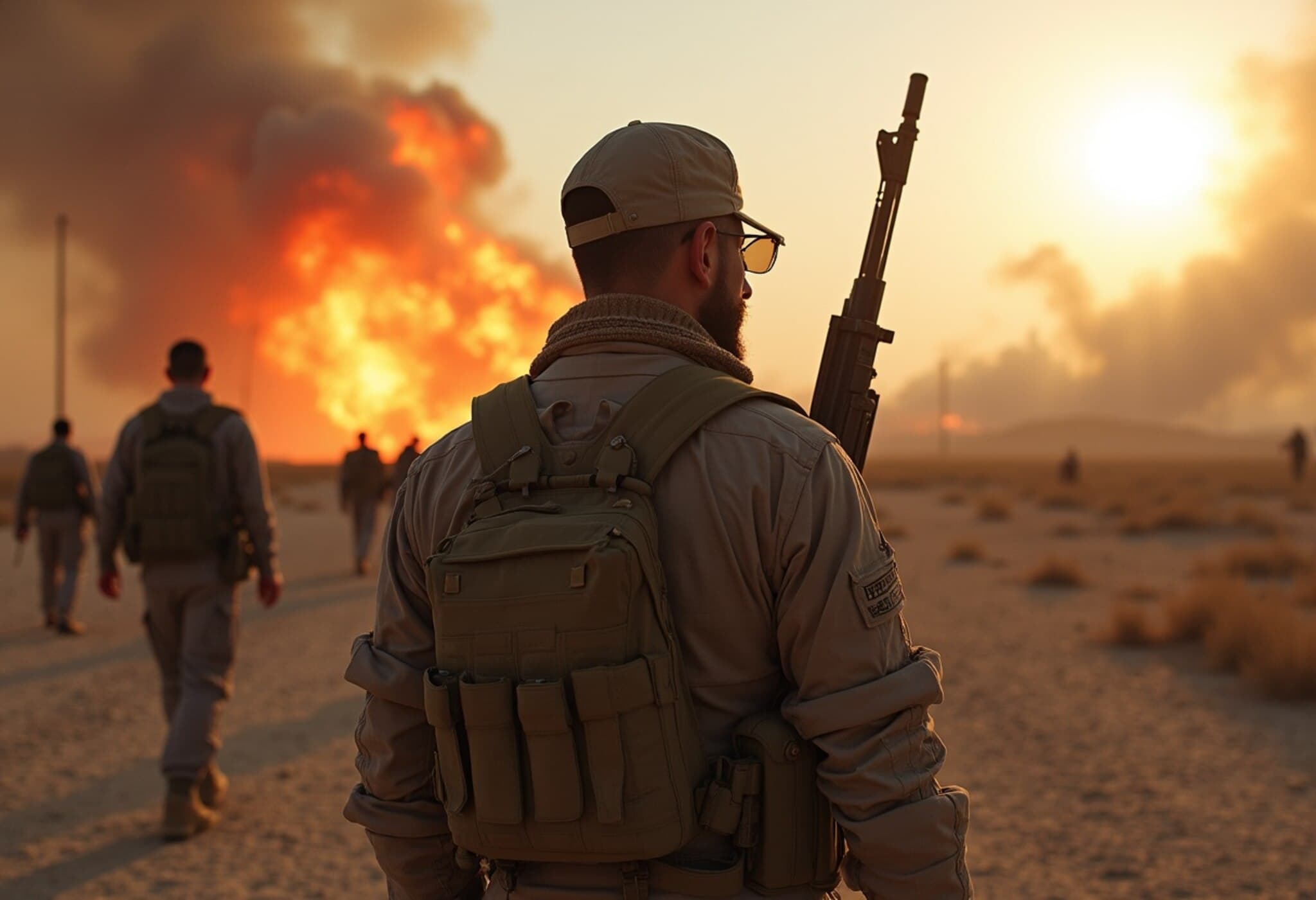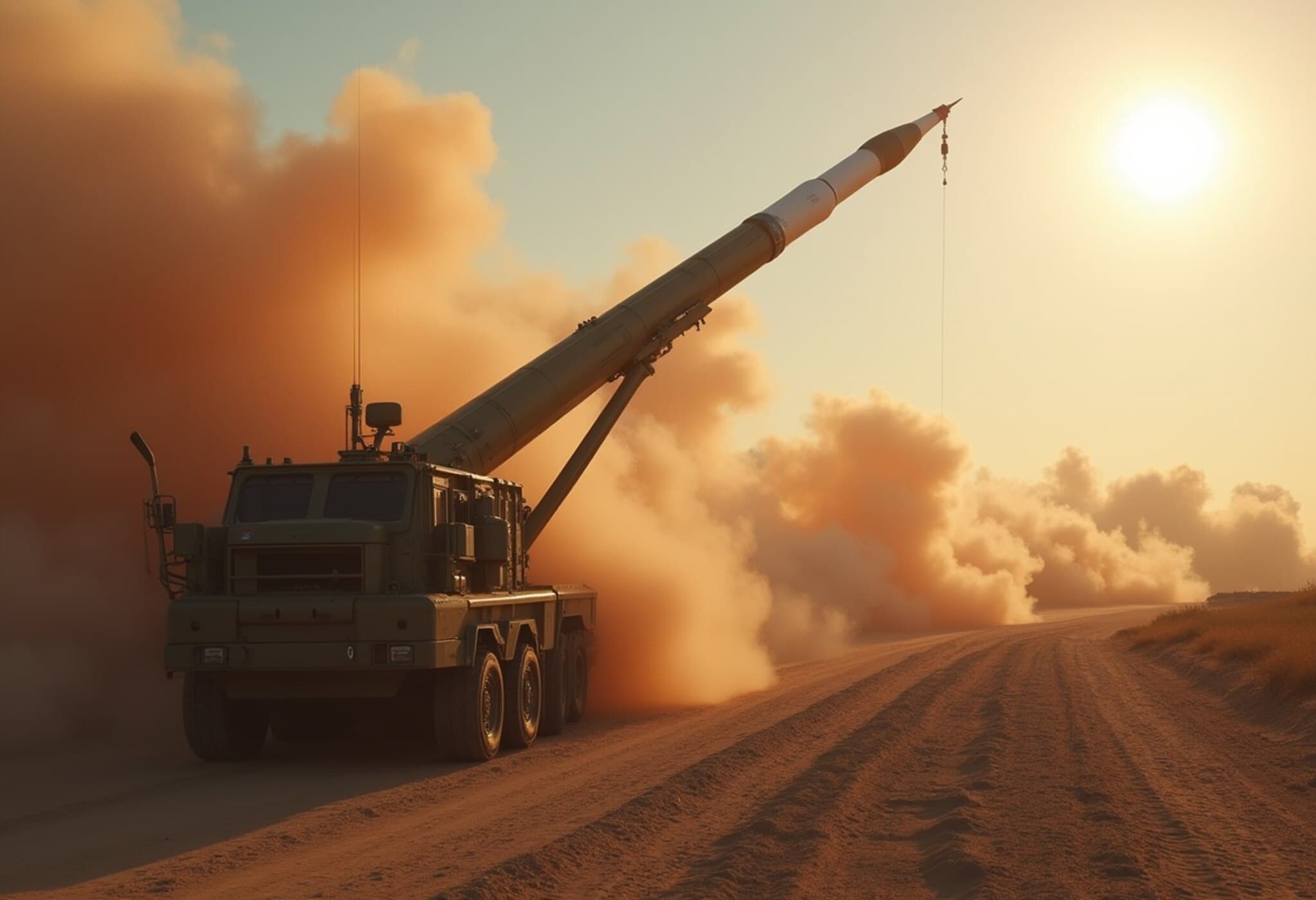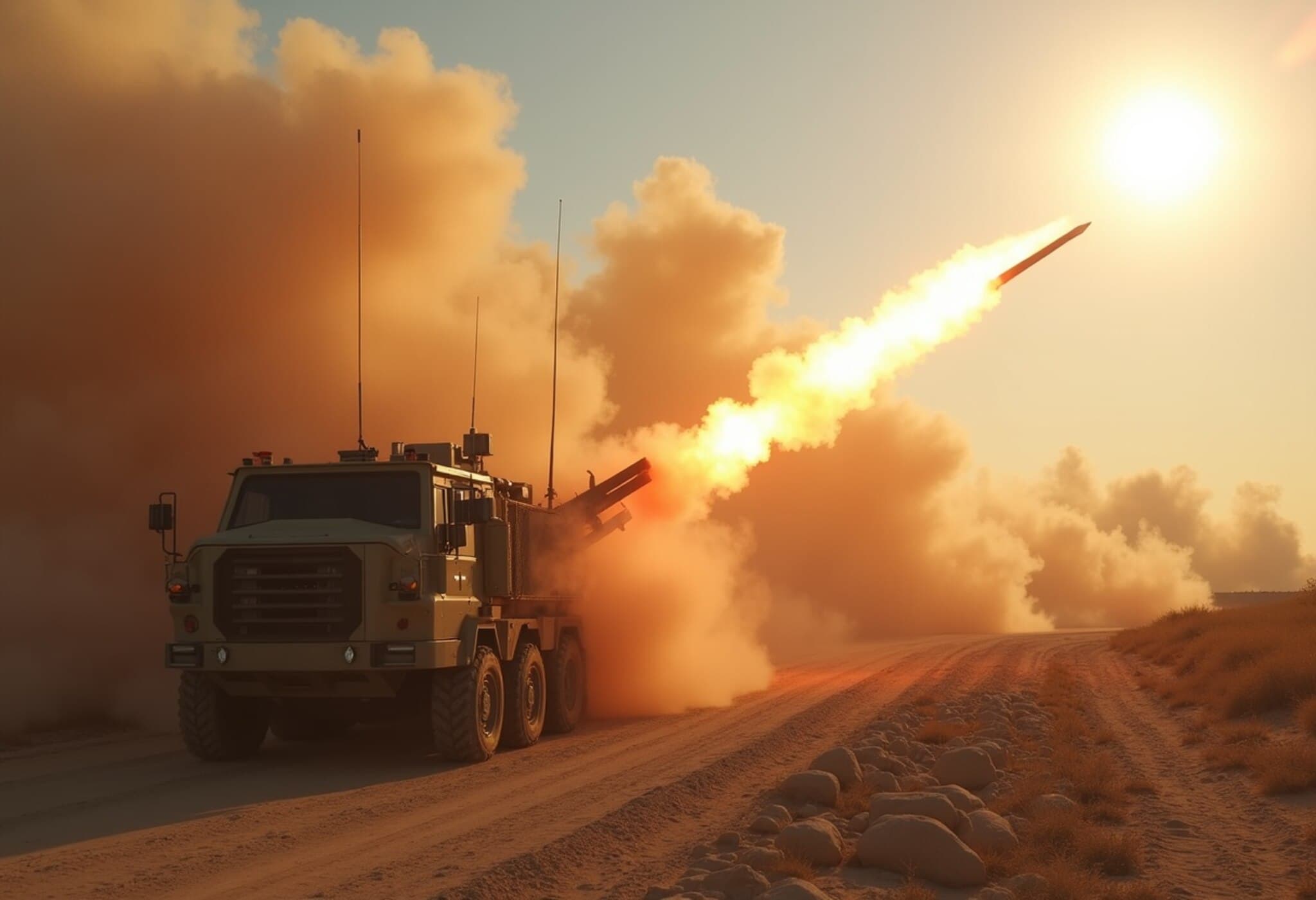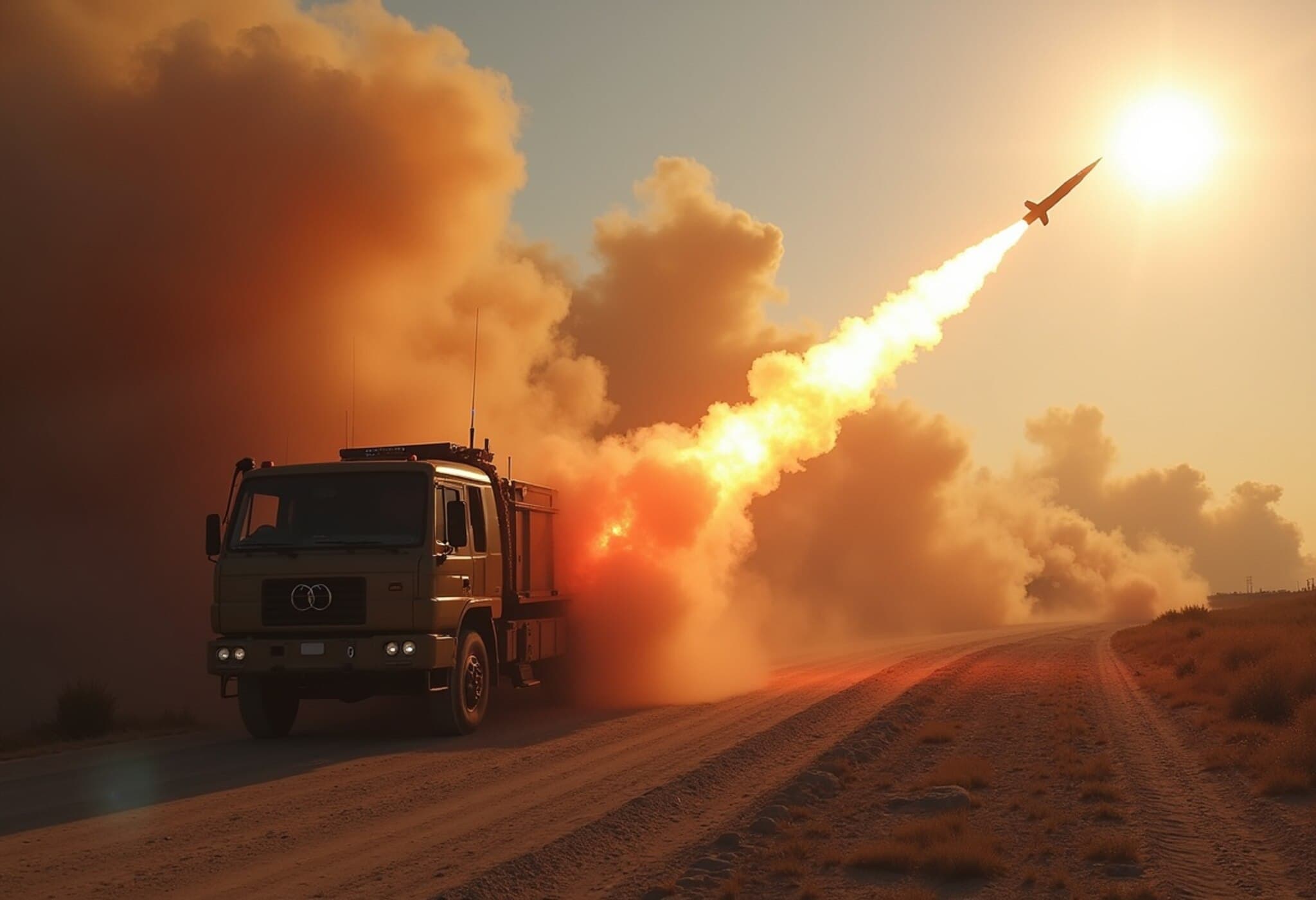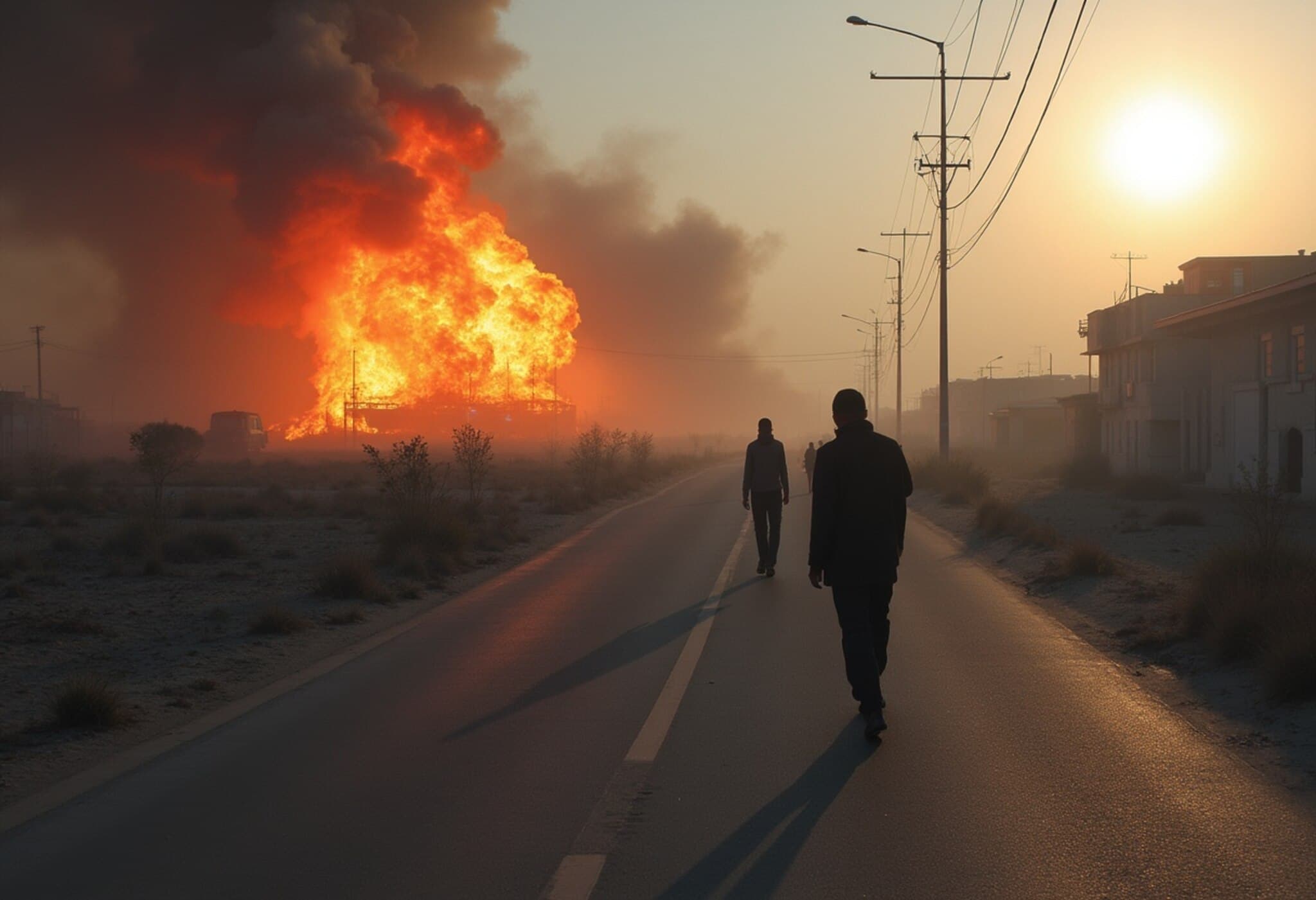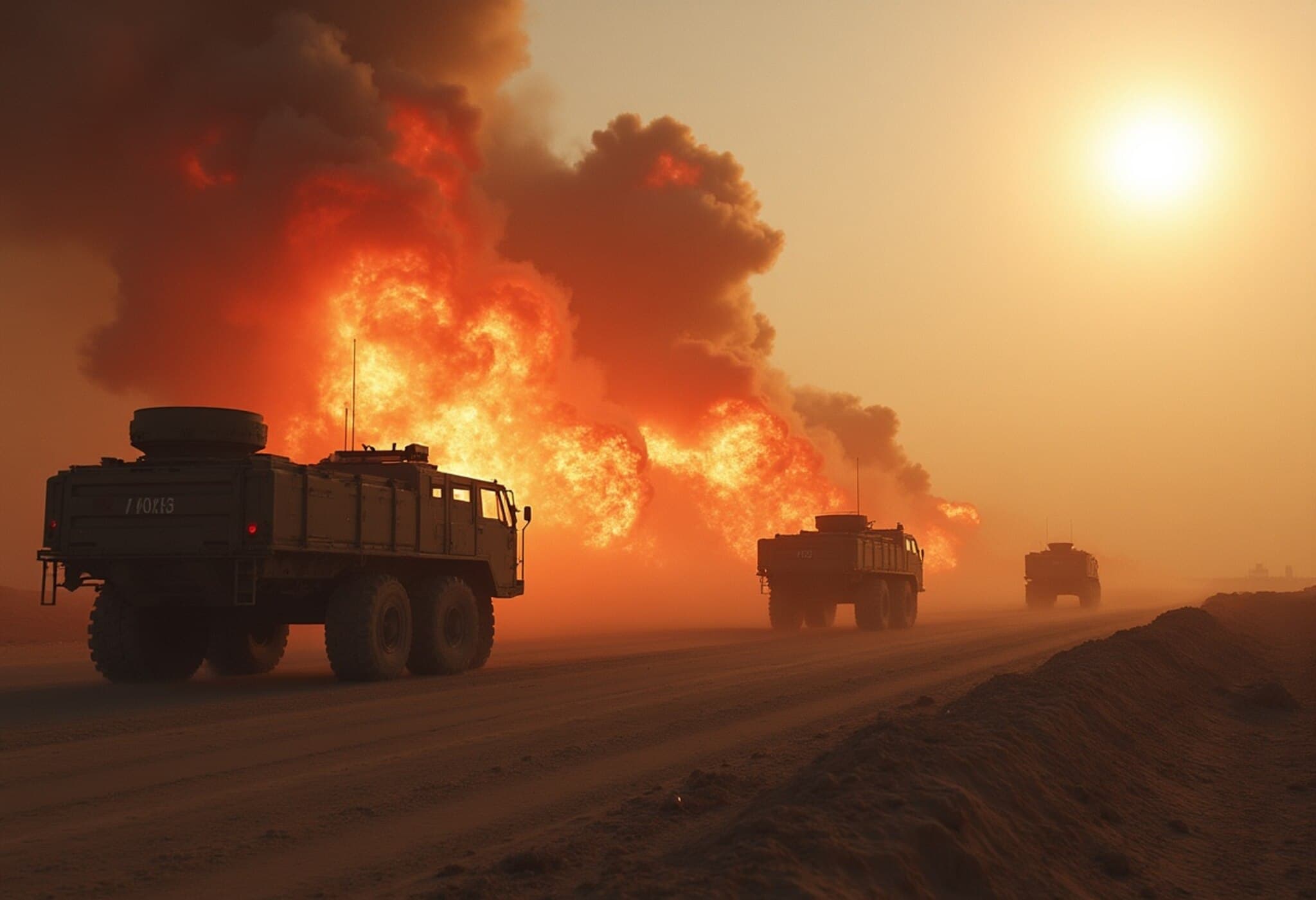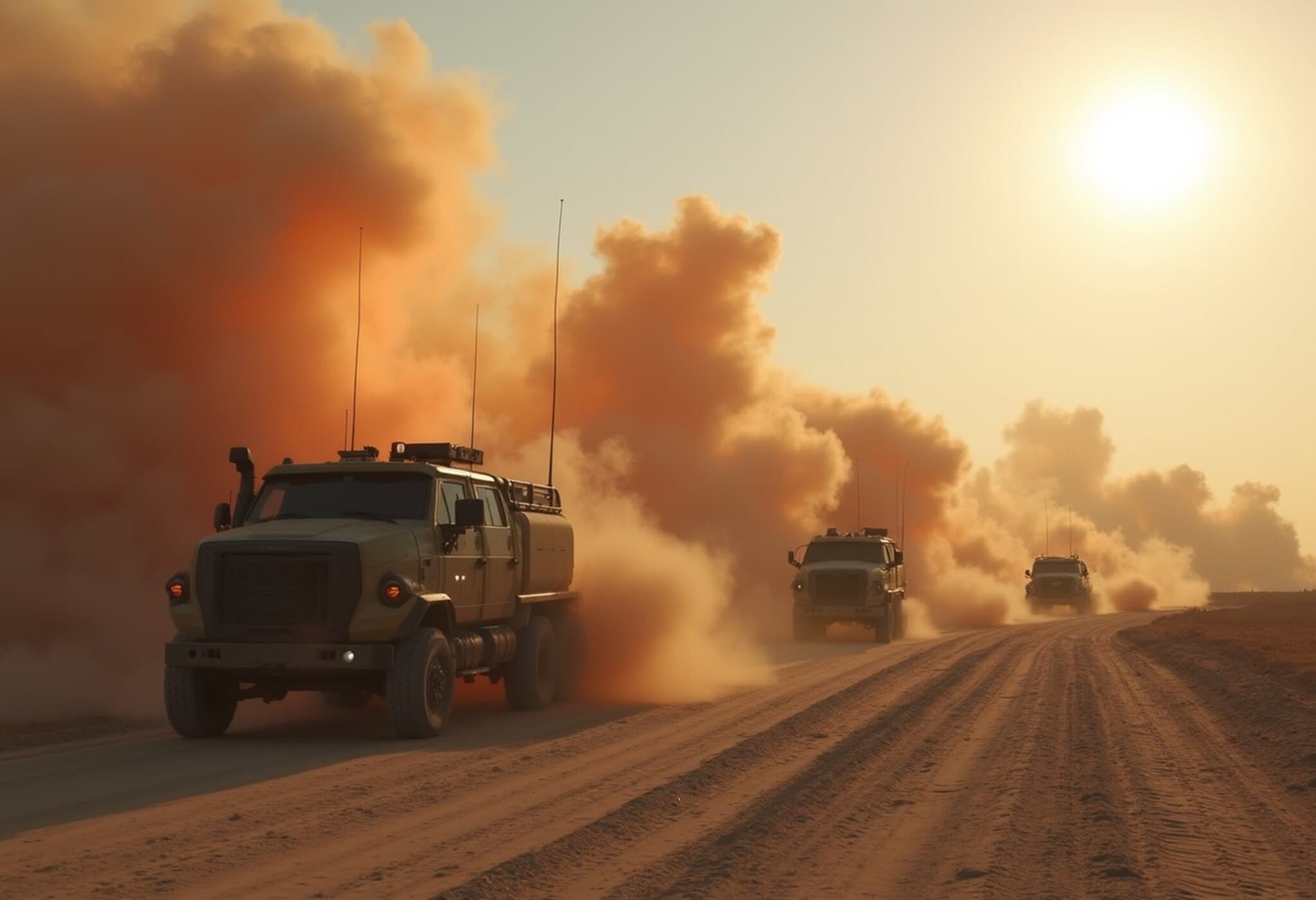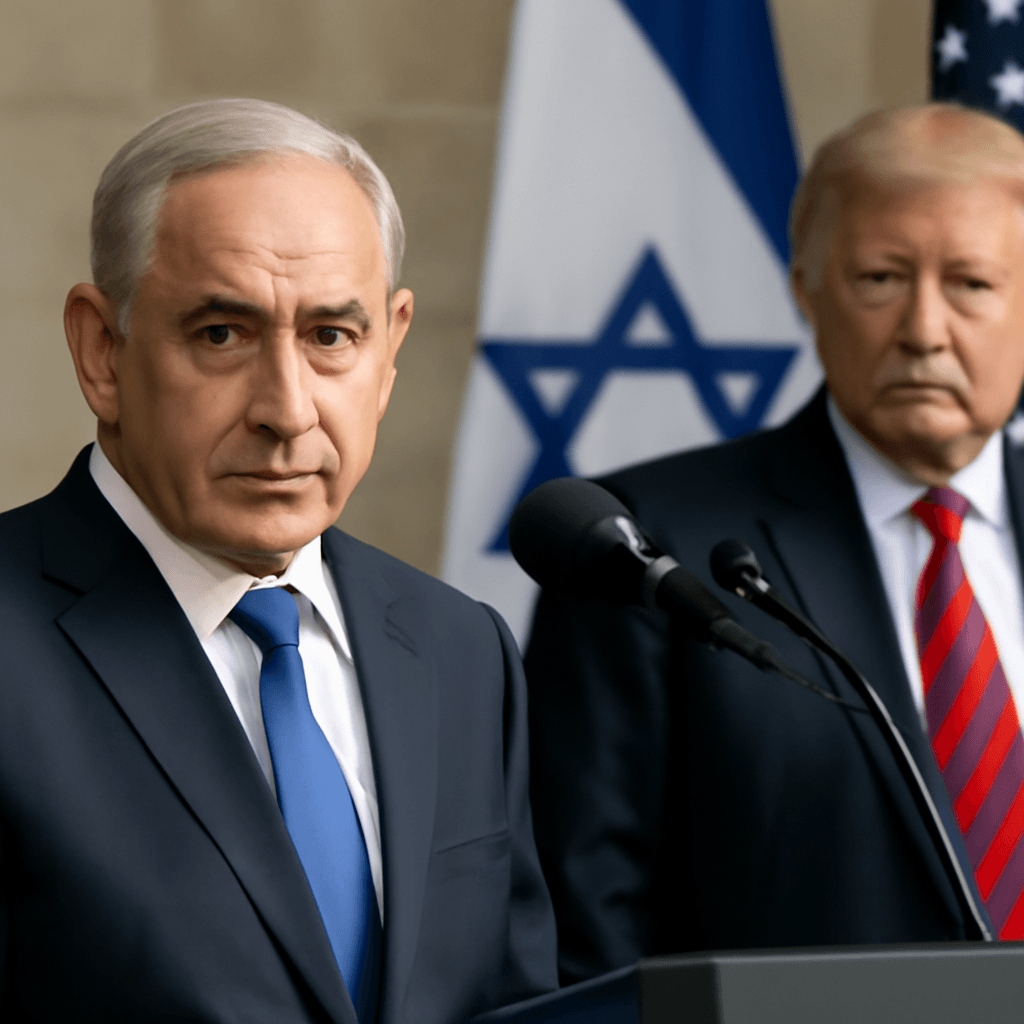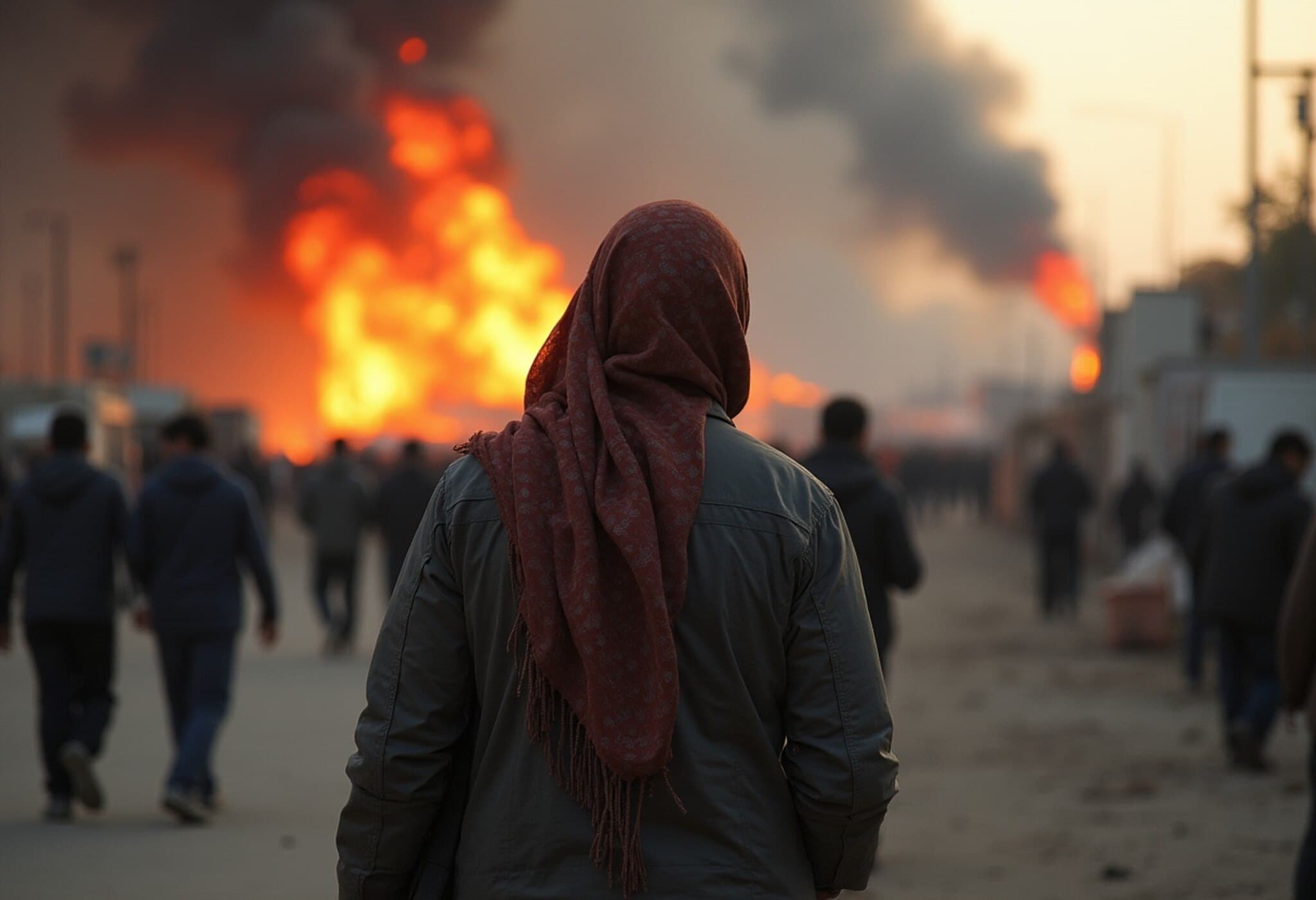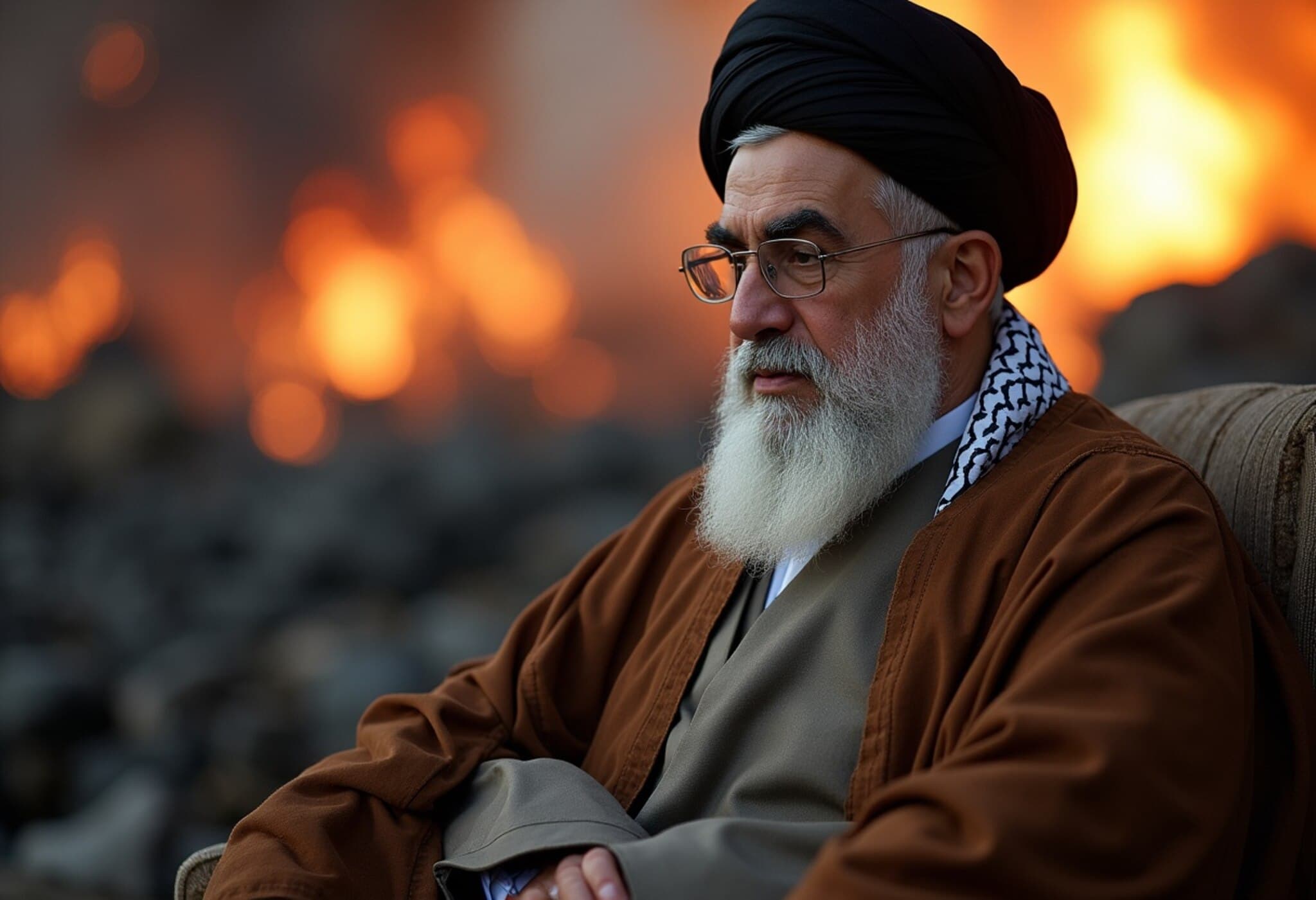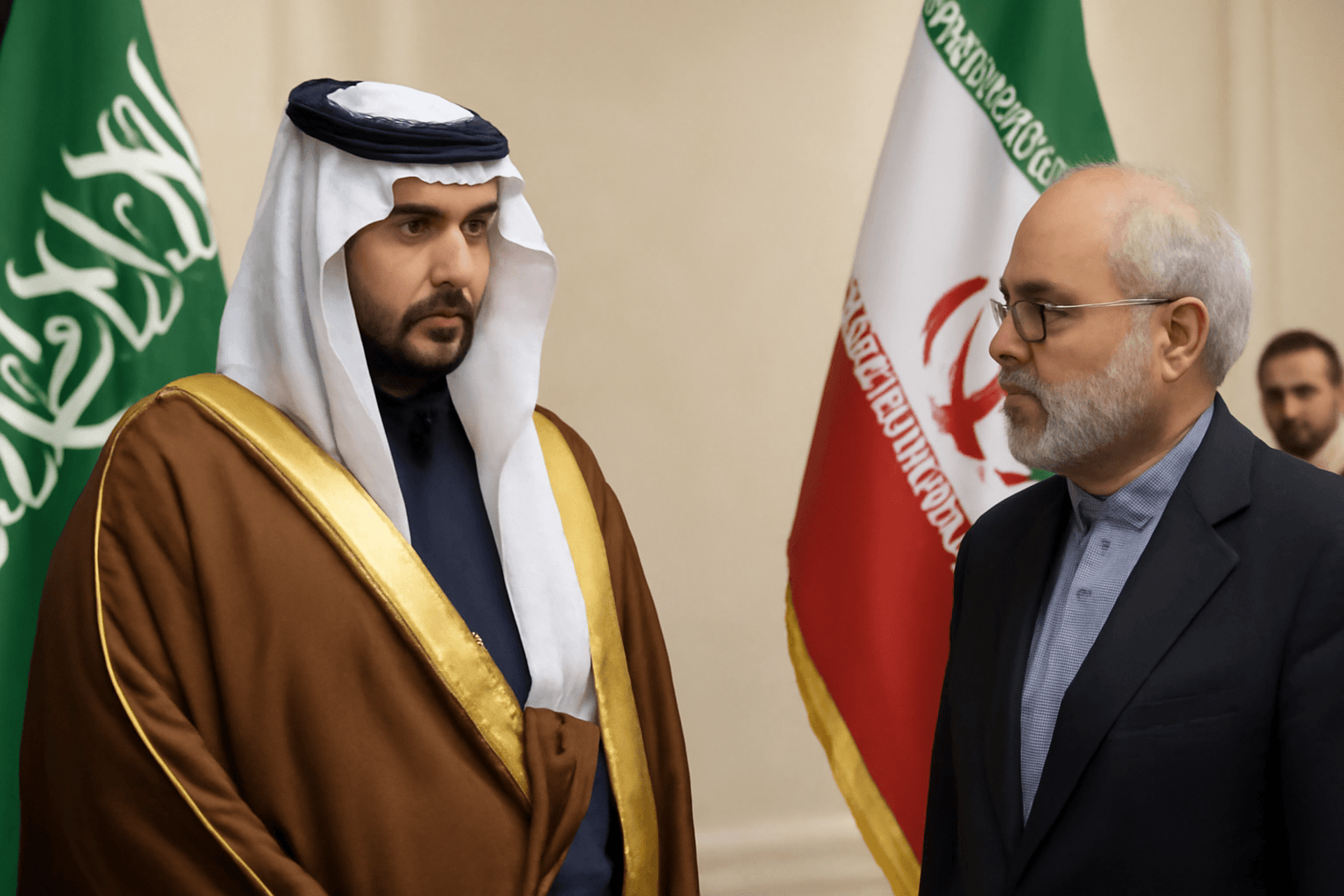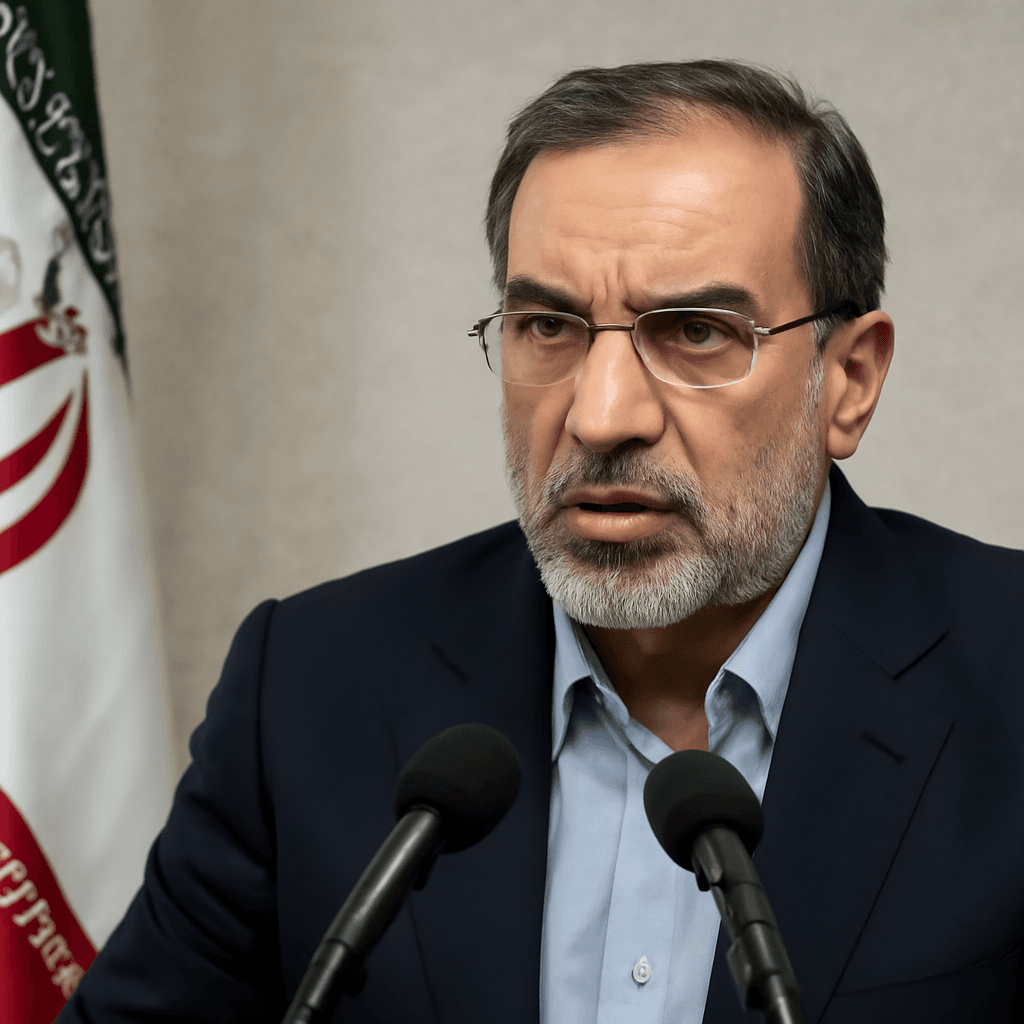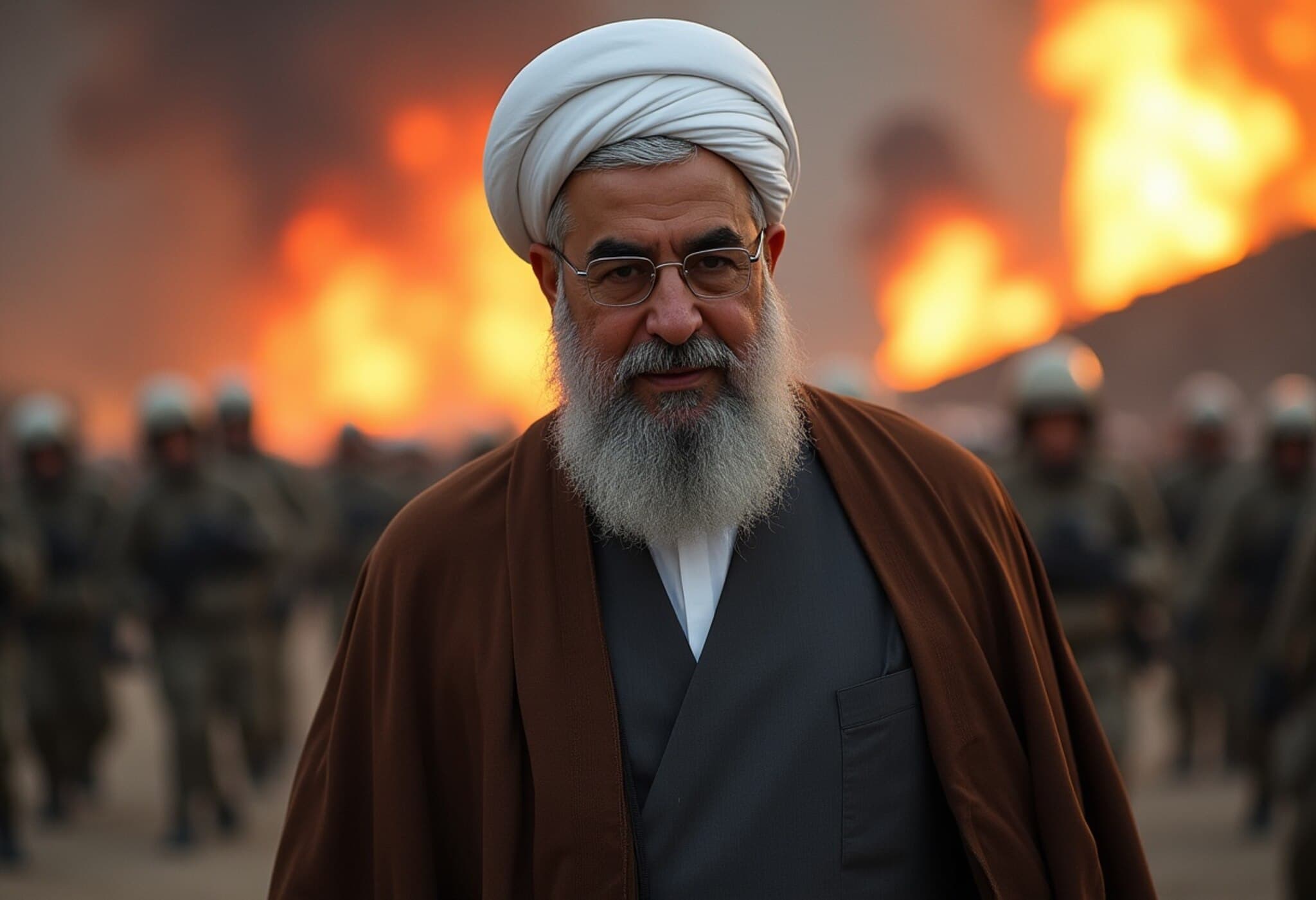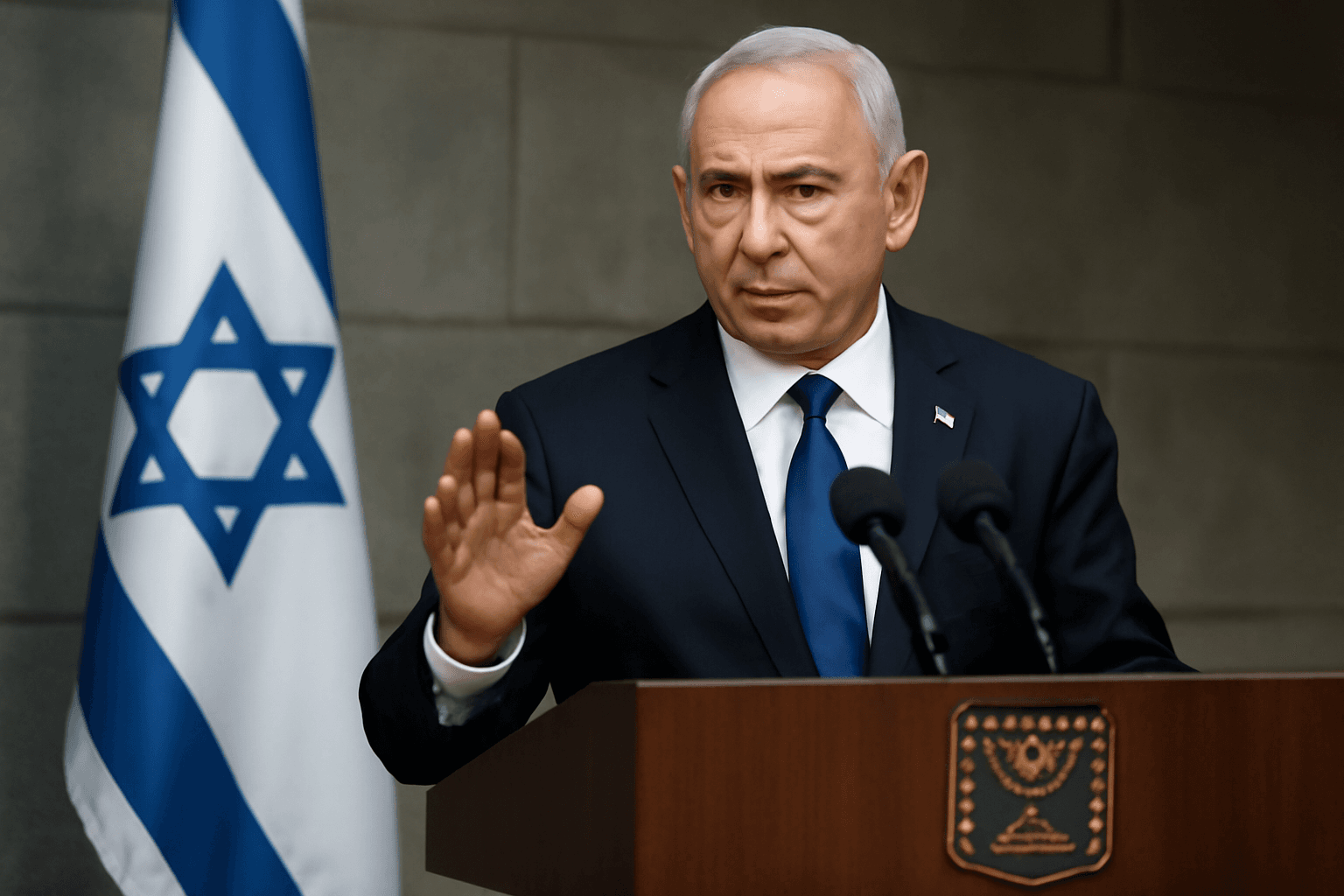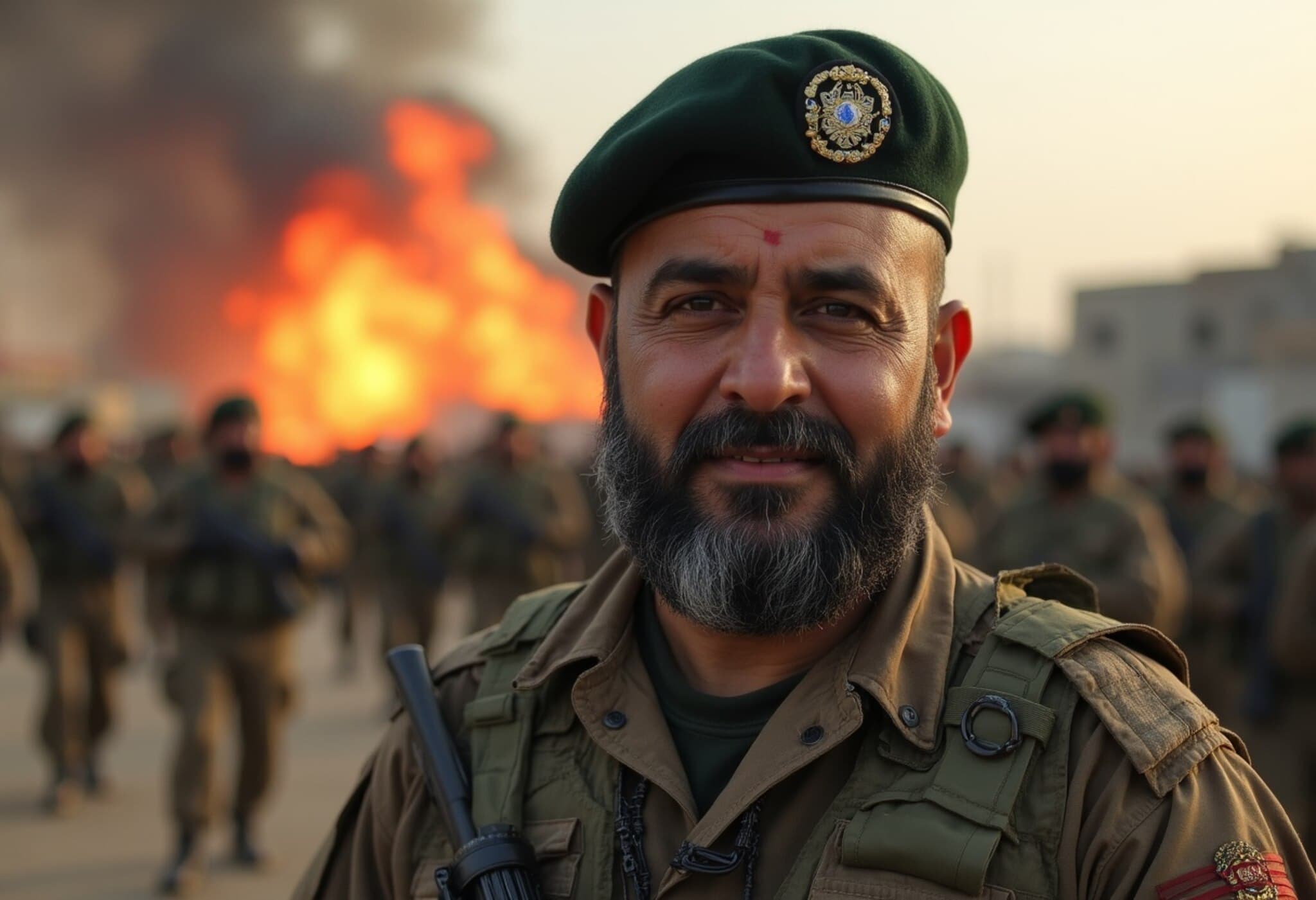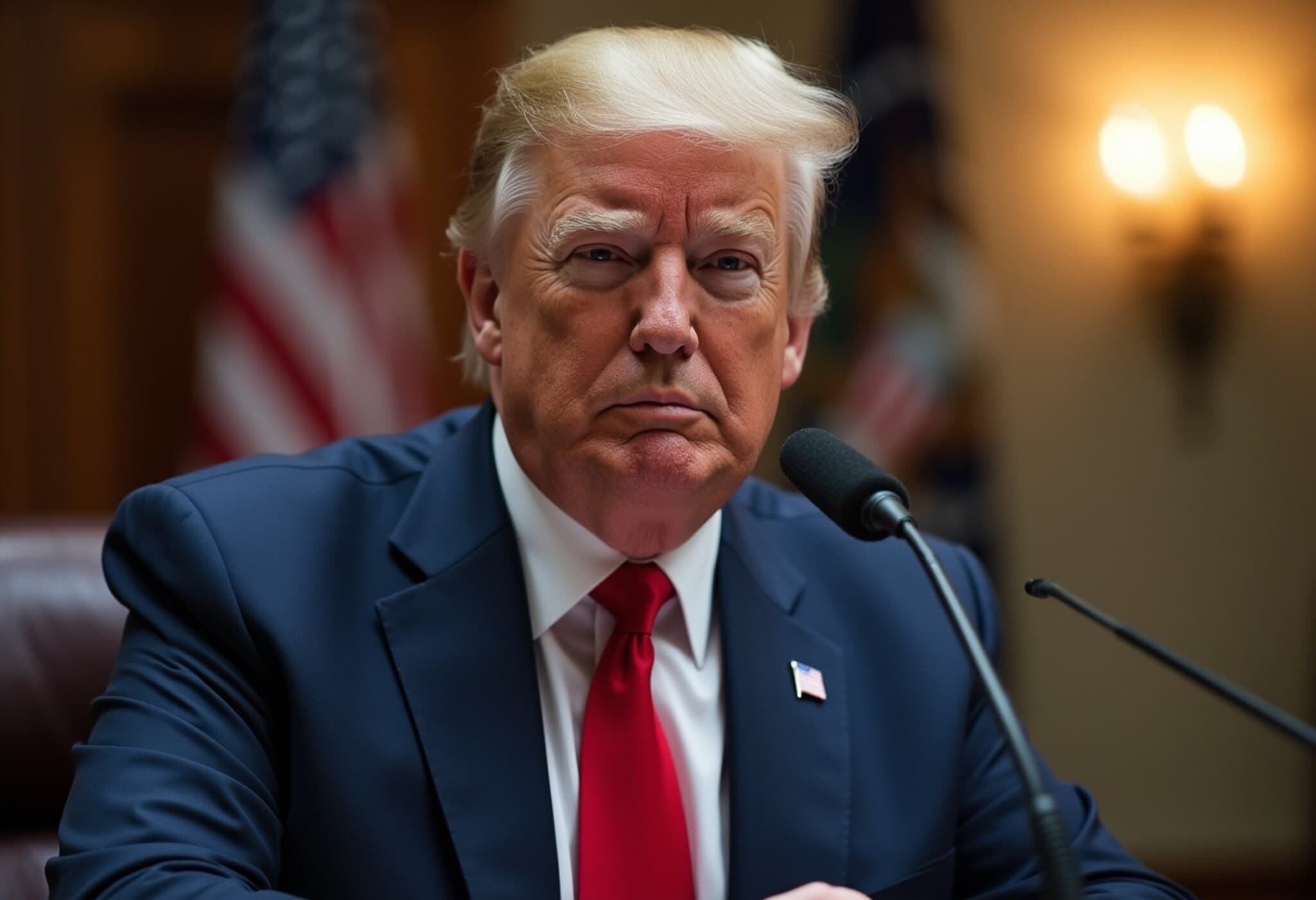Israel Targets Hezbollah Commanders in Lebanon Amid Heightened Regional Conflict
In a decisive blow against militant operations, the Israeli military confirmed on Friday that it had eliminated a senior Hezbollah commander in southern Lebanon. The move aims to dismantle looming threats along Israel's volatile northern border amid escalating tensions tied to Iran.
Significance of the Strike
The targeted commander, Mohammad Khadr al-Husseini, was a central figure within Hezbollah's militant framework, reportedly orchestrating several attacks on Israeli cities such as Nahariya and Haifa. Additionally, he was actively involved in reorganizing and strengthening Hezbollah's artillery capabilities, which had been diminished in recent conflicts.
Highlighting the gravity of his actions, the Israeli Defense Forces (IDF) stated that al-Husseini's activities breached existing understandings between Israel and Lebanon, underscoring Israel's commitment to neutralizing any threats to its sovereignty.
Continuing Precision Operations
This strike forms part of a broader Israeli offensive marked by precision airstrikes. Earlier in the week, a separate operation in Lebanon’s Nabatieh region resulted in the deaths of two additional Hezbollah commanders. Among them, Mohammad Ahmad Khreiss, who led Hezbollah’s anti-tank missile unit in Chebaa and was directly responsible for the lethal attack on Mount Dov in April.
Hezbollah's Response and Israeli Retaliation
Following these events, Hezbollah’s Secretary-General, Sheikh Naim Qassem, voiced strong support for Iran and condemned what he described as "brutal Israeli-American aggression." This prompted a stern response from Israel’s Defense Minister, Israel Katz, who criticized Qassem, referencing the assassination of former Hezbollah chief Hassan Nasrallah last year.
Katz declared from Tel Aviv, "If there is terrorism, there will be no Hezbollah." He cautioned the Lebanese group to reconsider its stance, warning that Israel’s patience with hostile proxy actors had worn thin.
The Broader Proxy Conflict
Israel's intensified moves against Hezbollah fit within a larger backdrop of regional proxy conflicts driven by Iran. The so-called "Axis of Resistance," which includes Hezbollah, the Houthis in Yemen, Shiite militias in Iraq, and Hamas in Gaza, has notably been subdued amidst the recent hostilities.
Once Iran's most formidable non-state ally, Hezbollah appears weakened by leadership losses, disrupted supply lines following shifts in Syria, and reduced financial support from Tehran. These factors have strained the group's operations and internal unity.
What's Next?
As Israel continues to assert its stance via targeted operations, the fragile dynamics between regional actors remain tense. Both the military actions and political rhetoric suggest a precarious phase, with potential ramifications across Lebanon and the broader Middle East.

